Search
Remove Ads
Advertisement
Summary 
Loading AI-generated summary based on World History Encyclopedia articles ...
Search Results
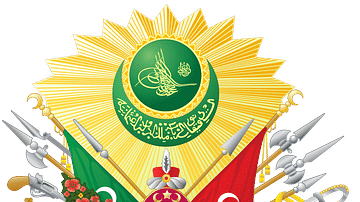
Definition
Ottoman Empire
The Ottoman Sultanate (1299-1922 as an empire; 1922-1924 as caliphate only), also referred to as the Ottoman Empire, written in Turkish as Osmanlı Devleti, was a Turkic imperial state that was conceived by and named after Osman (l. 1258-1326...
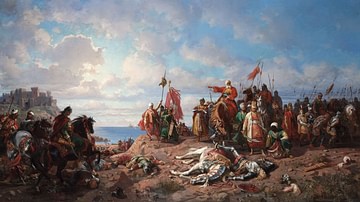
Article
Battles & Conquests Of The Ottoman Empire (1299-1683)
Spanning across three continents and holding dominance over the Black and Mediterranean Seas, the Ottoman Sultanate (1299-1922) was a global military superpower between the 15th and 17th centuries. From the point of its inception in 1299...

Article
Slavery in Plantation Agriculture
The first plantations in the Americas of sugar cane, cocoa, tobacco, and cotton were maintained and harvested by African slaves controlled by European masters. When African slavery was largely abolished in the mid-1800s, the center of plantation...
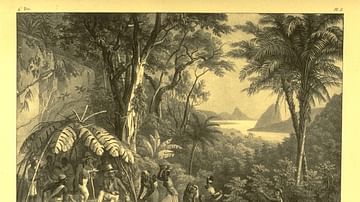
Image
Harvesting Coffee in Brazil
Harvesting Coffee, Brazil, 1830s, lithograph by Johann Moritz Rugendas, first published in Voyage Pittoresque dans le Bresil, Paris, 1835; also published in same year in German. Reprinted in Viagem Pitoresca Atravé do Brasil, Rio de Janeiro...
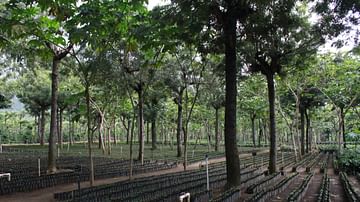
Image
Coffee Plantation
Filadelfia Coffee Plantation, Guatemala.

Video
Scythians: the alternative lifestyle of antiquity
Curator St John Simpson explains how the nomadic Scythians may not have lived in cities, but they still had the skill and desire to live the good life. The BP exhibition Scythians: warriors of ancient Siberia 14 September 2017 – 14 January...
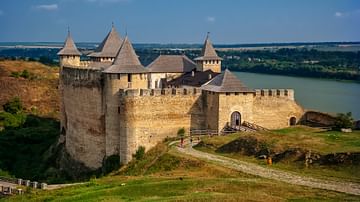
Definition
Khotyn Fortress
Khotyn fortress is a complex of fortifications situated on the hilly right bank of the Dniester in Khotyn, Ukraine. It consists of a 13th-century stronghold and an 18th-century bastion surrounding it. It is one of the oldest preserved fortifications...
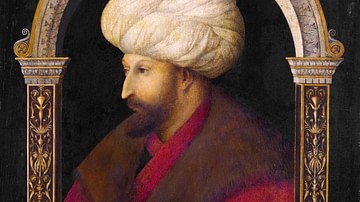
Definition
Mehmed II
Mehmed II (1432-1481 CE), also known as Mehmed the Conqueror, was the seventh and among the greatest sultans of the Ottoman Empire. His conquests consolidated Ottoman rule in Anatolia and the Balkans, and he most famously triumphed in conquering...
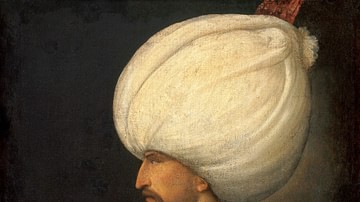
Definition
Suleiman the Magnificent
Suleiman the Magnificent (aka Süleyman I or Suleiman I, r. 1520-1566) was the tenth and longest-reigning sultan of the Ottoman Empire. Hailed as a skilled military commander, a just ruler, and a divinely anointed monarch during his lifetime...

Book Review
Ottoman Tulips, Ottoman Coffee: Leisure and Lifestyle in the Eighteenth Century
Ottoman Tulips, Ottoman Coffee: Leisure and Lifestyle in the Eighteenth Century is a collection of articles regarding Ottoman cultural history presented at a conference at Princeton University in 2005. As the title suggests, the book claims...